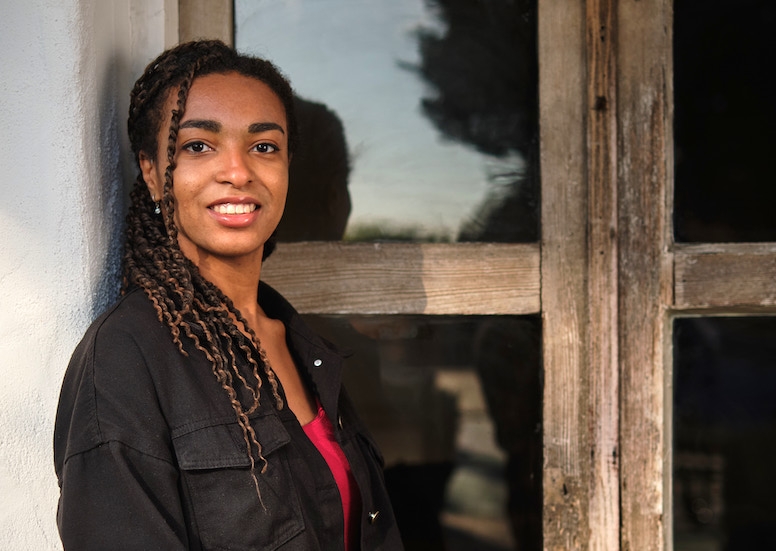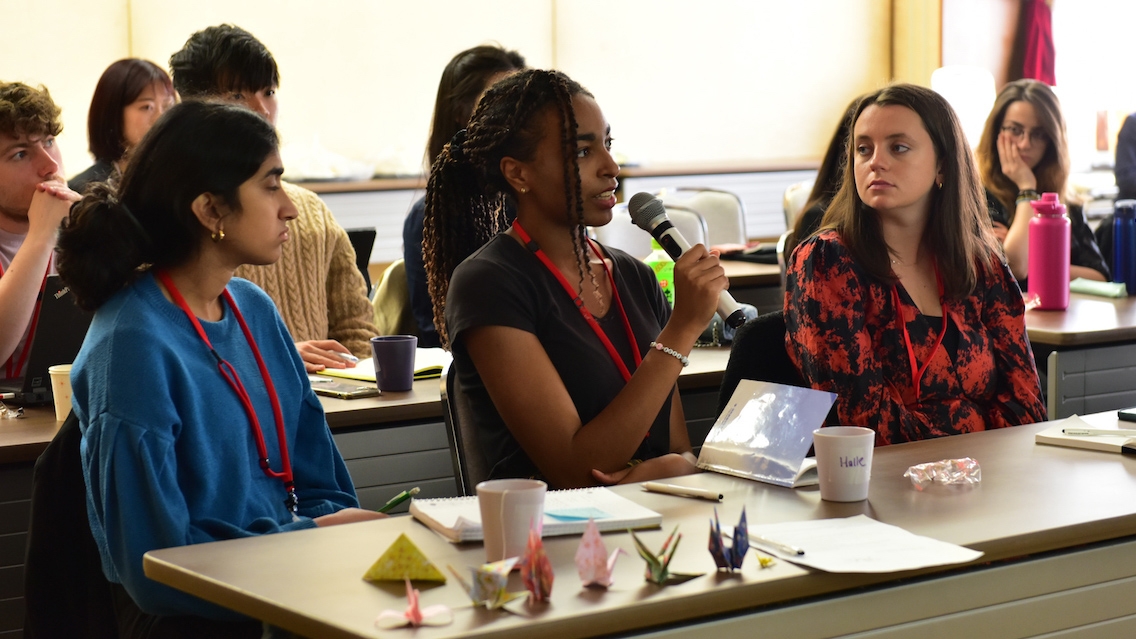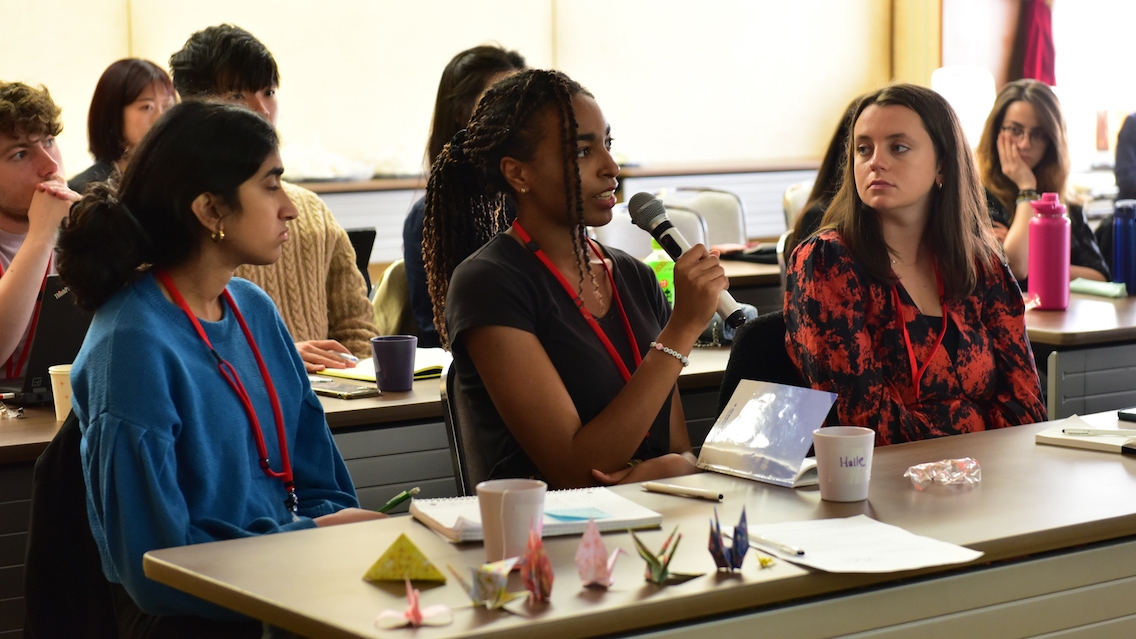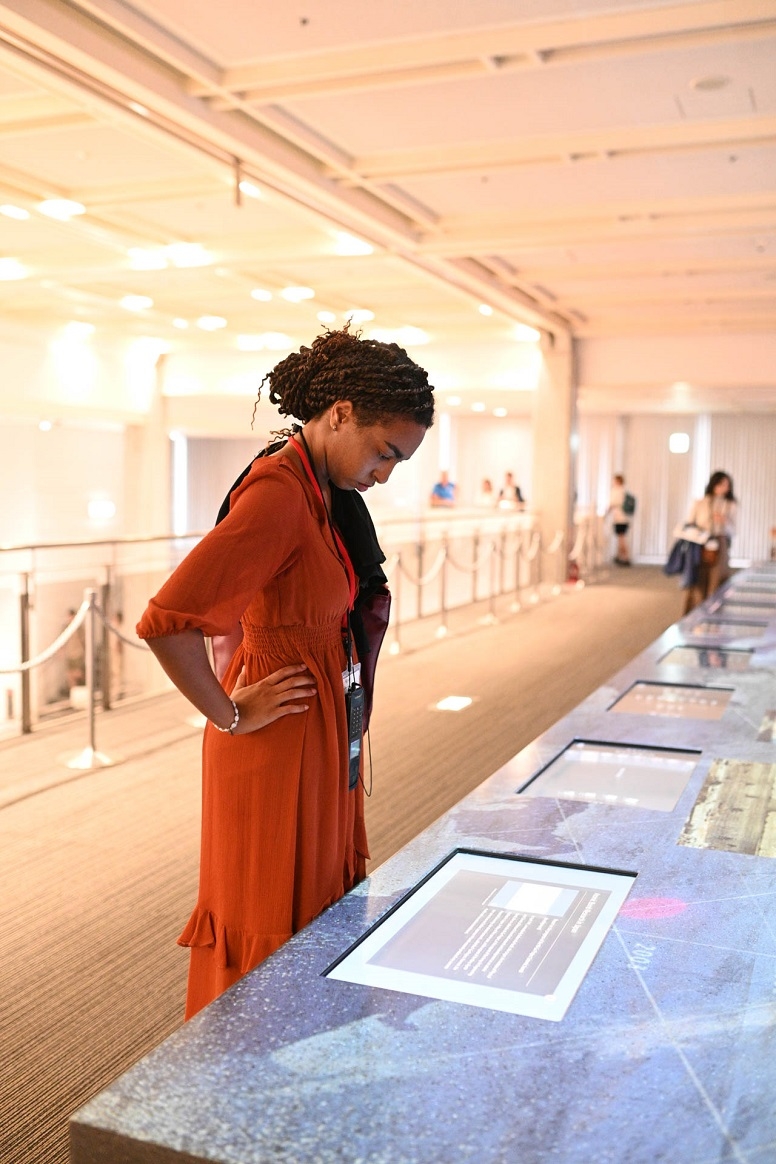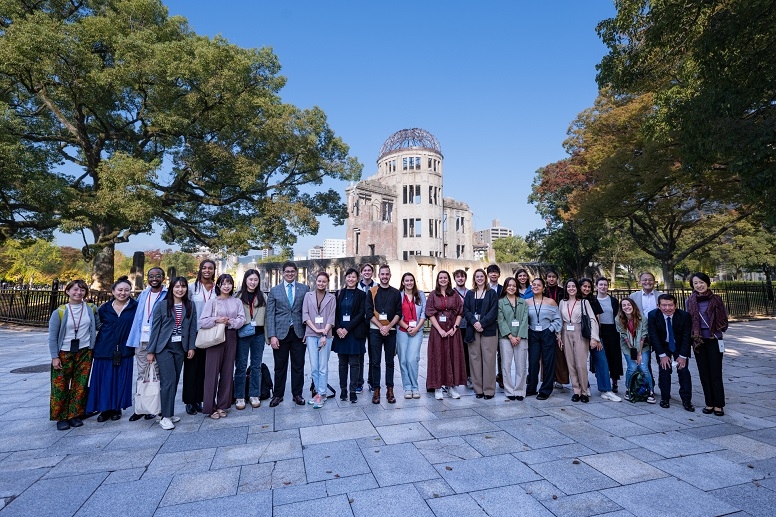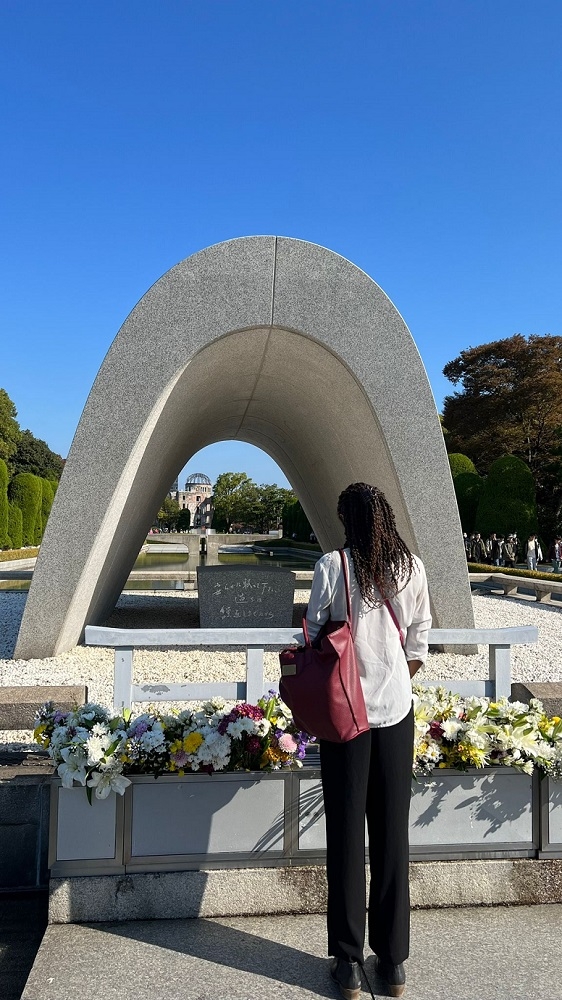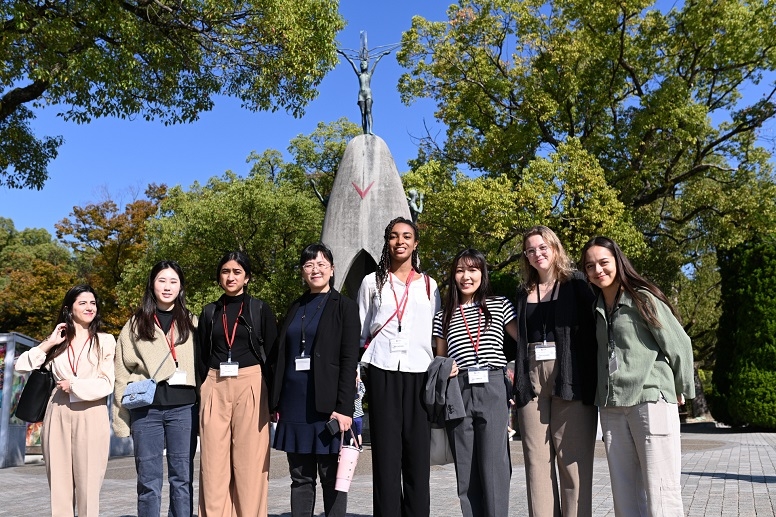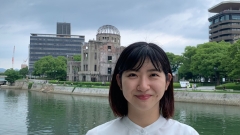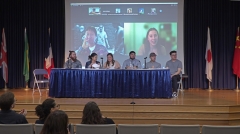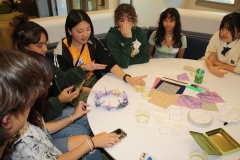Student Invited to Present Ideas on Nonproliferation and Disarmament at United Nations Conference
| by Jason Warburg
Shizuka Kuramitsu MANPTS ’23 is one of 25 students in the world invited to participate in a United Nations-sponsored workshop series on nonproliferation and disarmament that will culminate with an October conference at UN Headquarters in New York City.

